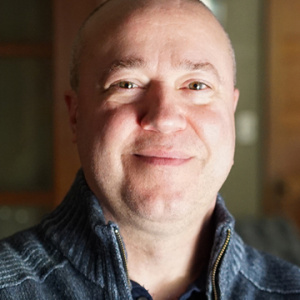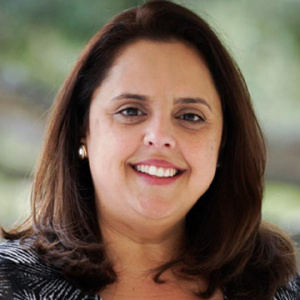Embracing a Transformational Mindset

Originally published in Rotman Management Magazine’s Fall 2016 Issue: The Disruptive Issue
Early in the 20th century, Austrian-born economist Joseph Schumpeter coined the phrase ‘creative destruction’ to describe the disruptive process of ongoing technological and economic innovation within capitalism.
In his day, theories of disruption were developed to describe the cycles of change that were a part of normal market forces. Little did Schumpeter know that the landscape of business in the early 21st-century would be dominated by ever-shorter intervals of volatile disruption that would radically redefine the very concept of ‘normal’.
Today, we live in a world where creative destruction is happening faster than we can react. Whether the radical changes are in products, services, experiences, technology or organizational models, we seem to have entered an age of perpetual instability in business and society where the new mantra is, ‘disrupt or be disrupted’.
Today’s leaders generally espouse one of two views about disruption. Some see the concept as a glorified buzz-word that is used mainly by Silicon Valley startups looking to create unique solutions to non-existent problems. In this view, disruption is not organic, but manufactured, attacking continuity for the sake of change and the hope of being the next Unicorn. Others see disruption as a natural consequence to our age of increasing complexity, but view it as a force that is ‘pushing from the outside’ — effectively bullying organizations into upending their present-day offerings or approaches. This mindset causes leaders to be reactive in the face of accelerating changes in business and society.
What if we could create a third view of disruption that enables us to build proactive organizations that aren’t constantly in the act of chasing or being chased? To build such a proactive culture, we need to look beyond the present research — which is mostly concerned with recognizing where disruption is coming from or how to avoid it. Though such research is important, it leads us to a reactionary response that is based in risk and fear. Transcending disruption in an age of increasing complexity means that we must change our organizational focus: instead of fixating on the idea of disruption ‘pushing from the outside’, we must adopt a new mindset of ‘pulling’ our organizations towards disruption. Whereas being pushed by external forces puts leaders constantly on the defense, the concept of pulling your firm towards something puts you in the driver’s seat.
In the Schumpeterian language of creative destruction, a focus on having something pushed upon us is akin to approaching the process of disruption from the ‘destruction’ side: What is being destroyed? Who is causing the destruction? How can I be the first to deconstruct or dismantle existing products, services or models?
Conversely, an organization that focuses on pulling itself towards destruction can harness the creative aspects of Schumpeter’s theory: What opportunities have we yet to recognize? How can we move beyond our present capabilities? How can we become more adaptive, resilient and transformative? This is not to say that both sides of the equation aren’t important, but focusing only on the destruction side of disruption leaves organizations weakened and vulnerable.
In order to unlearn the reactionary focus created by pushing and relearn the empowering mindset created by pulling, it is important to understand the patterns that are currently shaping our environment. Once we have a grasp on what is emerging around us, we are in a better position to pull ourselves toward transformative development — or even pull new opportunities into our organizations that we might have otherwise missed.
In our research over the past several years, we have identified three major patterns that are shaping and shifting the global landscape.
- Creative Complexity
- Blurred Reality
- Redefined Humanity
To read the full article, please email info@tfsx.com

Frank Spencer
Co-Founder
Creative Director
In 2009, Frank founded Kedge – a global foresight, innovation, and strategic design firm which pioneered TFSX. Throughout his career, Frank has worked as a leadership coach and developer with entrepreneurs, social communities, networking initiatives, and SMEs, helping them in areas such as development, innovation, and networking.
Read More
Yvette Montero Salvatico
Co-Founder
Managing Director
Holding a bachelor’s degree in Finance and an MBA from the University of Florida, Yvette has over 15 years of corporate experience with large, multi-national firms such as Kimberly-Clark and The Walt Disney Company. Before co-founding TFSX, she led the effort to establish the Future Workforce Insights division at the Walt Disney Company, identifying future workforce trends and leveraging foresight models and techniques to assess potential threats and impacts, emerging ideas, and exciting opportunities for the organization.
Read More
